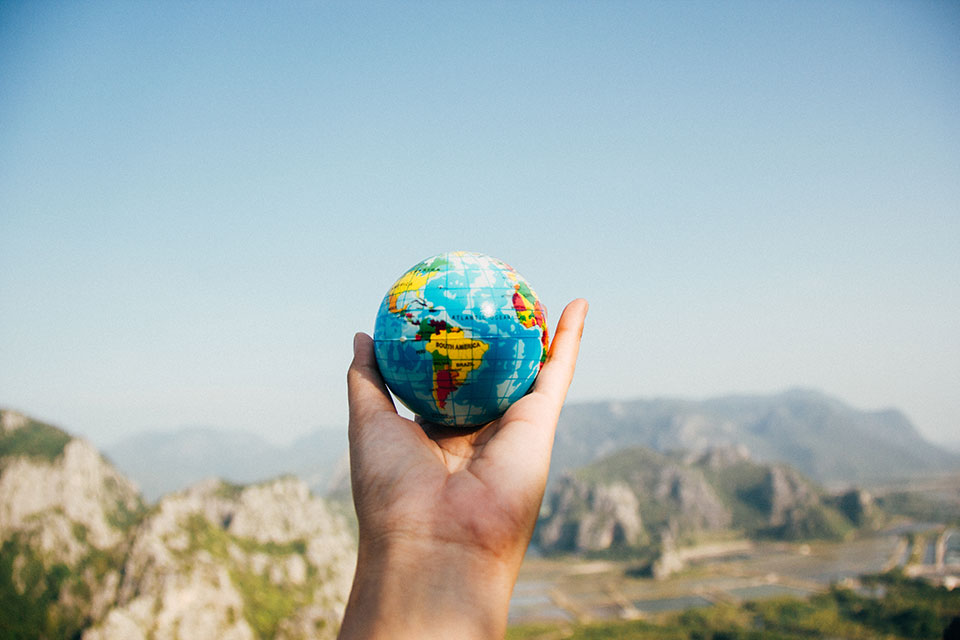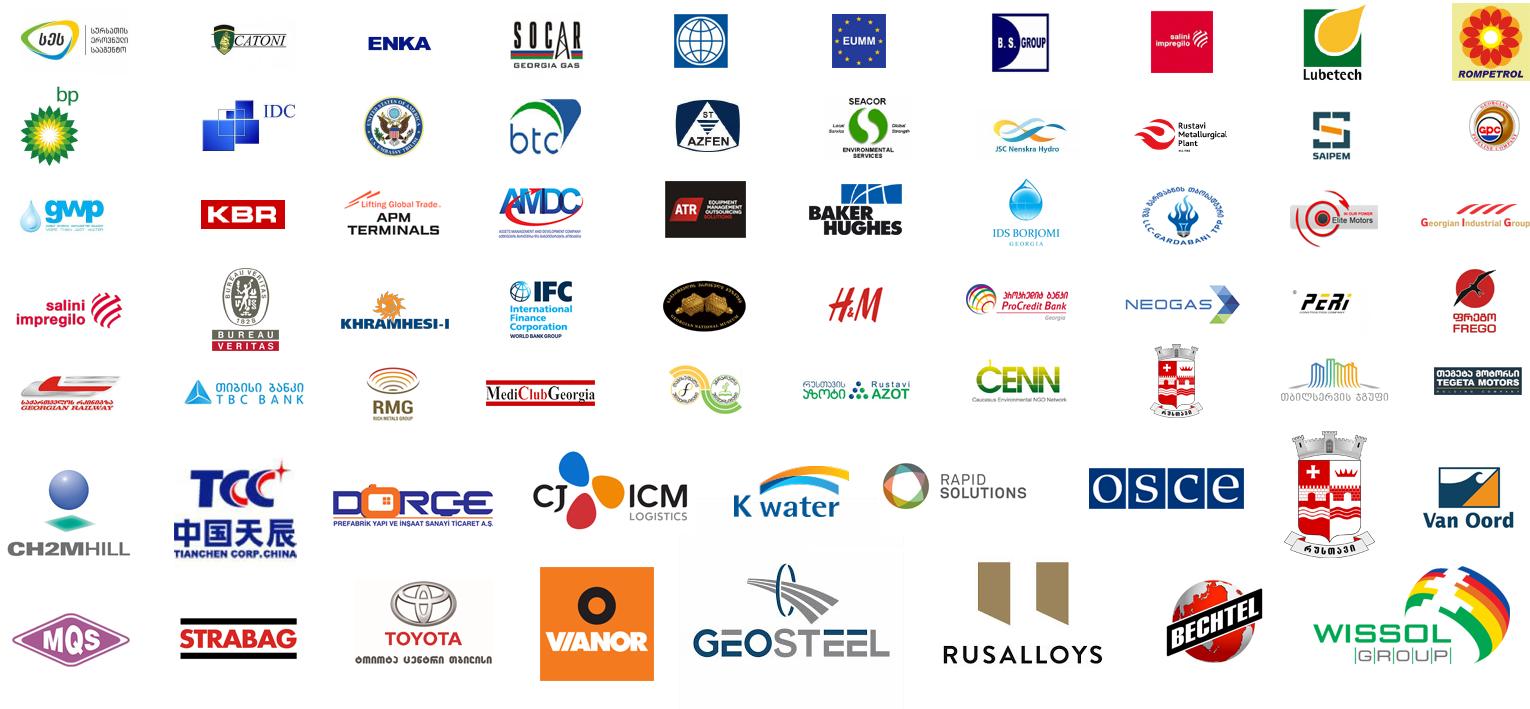While climate change and peak oil can be debated, the impact of environmental pollution on humans and habitat is undeniable. Every year more fresh water is polluted, natural landscape is lost, and animals are becoming endangered or extinct. A loss of biodiversity raises the risks of disease, blight, and famine and the rate at which humans pollute the Earth is much faster than the rate at which the Earth can be restored.
What is the Human Impact on the Environment?
Every living thing has an impact on its environment. Therefore a human impact on the environment isinevitable. By simply existing, all species – including ourselves – will imprint their mark on the world around them.
What differentiates us from other species is our ability to greatly overburden our environment with very few limits put upon us.
The information regarding our human impact is vast and impossible to cover in one article but I will attempt to cover a basic overview. Sound good?
Water Pollution
Perhaps the most obvious examples of a negative human impact on the environment is water pollution. It’s obvious we need water to survive but few people realize how much we need and just how much is available. Consider these facts from the United Nations Environment Programme:
- Of all the water on Earth, only 2.5% of it is freshwater.
- Of that 2.5%, less than 1% is available to us.
- Humans each require up to 13 gallons (50 litres) a day of fresh water for drinking, cooking and cleaning. This does NOT take into account the countless gallons of water needed to grow food or care for animals.
- 70% of all freshwater usage goes to irrigation.
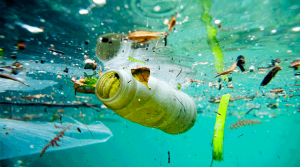
According to Organic Farming Research Foundation, only 2% of farms are organic. This equates to almost 69% of our freshwater supply is being contaminated by chemical pesticides, herbicides, and chemical fertilizers, while also compounded with fossil fuels and emissions from heavy farming machinery.
These chemical compounds contribute to acid rain. Since very little can live in an acidic environment, acid rain has harmful effects on plants, animals, and aquatic life, as well as humans and even buildings, statues or other objects. Acid rain also contaminates our limited freshwater supply, and thus the cycle of water pollution continues.
According to the U.S. Environmental Protection Agency, 45% of assessed stream miles, 47% of assessed lake acres, and 32% of assessed bay and estuarine square miles were not clean enough to support uses such as swimming or fishing. The following reasons and possible sources for this include:
- Sediments, pathogens and habitat alterations from agricultural activity and hydrologic modifications (such as dams)
- Excessive nutrients, metals and organic enrichment from agricultural activity and atmospheric deposition (the movement of pollutants from one environment to another, such as from water to air)
- Heavy metals (primarily mercury), excess nutrients and “organic enrichment” from industrial and municipal discharges (“treated” or untreated waste water released from sewer plants and industrial factories into natural water sources)
These points listed above lead to a poisoned and uninhabitable environment for plants and aquatic life, as well as affect land animals and humans reliant on these systems for survival and other land-bound plant life in need of clean water for growth.
Land Pollution
Land pollution, the degradation of the Earth’s surfaces and soil, is caused by human activity and a misuse of natural resources. Causes of land pollution and degradation include:
- Urban sprawl: Natural habitats are removed to make room for communities, usually with inefficient or irresponsible planning. Urban sprawl generally results in a waste of land area for unused development (such as excessive roads, decorative and unused areas, etc).
- Poor agricultural practices: Animal manure runoff from CAFO (Confined Animal Feeding Operations), the use of chemical fertilizers, herbicides and pesticides, the practice of growing monocultures (only one crop season after season) and the deforestation required to expand farm land all contribute to degradation and pollution.
- Personal consumption: Our modern culture’s desire to have more, bigger and better “things”, as well as our relationship to and habit of waste, has lead to stripping of the land, excessive mining and pollution from industrial activities.
- Industrial activities: The production of chemical-laden plastics, poor quality of products, unethical practices (such as illegal dumping), and extreme emissions affect both surrounding and far-reaching areas.
None of this takes into account illegal dumping, diminishing landfill space, litter, overproduction of synthetic materials, radioactive waste and more.
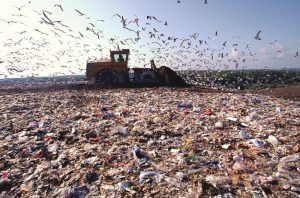
All land pollution is caused by a human impact on the environment and thus can be averted by our actions alone. Two of the necessary actions must be proper planning and proper usage of natural resources.
For instances, animals could be taken out of CAFO and allowed to graze on mountainous or wooded areas unsuitable for buildings or crops. Using organic and sustainable farming techniques can eliminate our need for chemical applications. Clean energy, such as wind or solar power, can slowly begin to replace coal or nuclear plants.
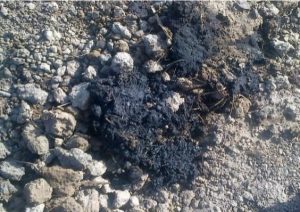
And as consumers we can lessen our human impact on the environment by demanding better quality products, environmentally ethical practices from industries and a shift toward sustainable energy.
Air Pollution
One bit of good news about our human impact on the environment is that air pollution is lowering and air quality is increasing. According to the U.S. Environmental Protection Agency, since 1990 to 2008:
- Ozone decreased 14%
- Lead decreased 78%
- Nitrogen dioxide decreased 35%
- Carbon monoxide decreased 68%
- Sulfur dioxide decreased 59%
However, 127 million people still live in areas that exceed quality standards. And some of the quality standards are far from ideal, such as ozone. The question is: what amount of air pollution is really okay? Shouldn’t we be striving for technologies or practices that virtually eliminate major polluters, such as:
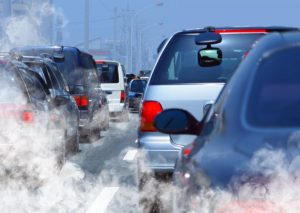
- Better public transit, electric cars, rail, and city planning etc to replace heavy commutes, fossil fuels, air travel and unwalkable communities
- Retrofitting or otherwise upgrading existing factories with greener technologies such as solar panels or air filtration systems
- Removing animals from factory farms and raising them on natural diets and rotating pasture to reduce methane emissions and pollution
The greatest human impact on the environment we can have is to vote with our pocket book and our actions. By supporting companies that use greener technologies, we can start a trend toward better solutions. By getting involved in community planning and zoning we can have a global impact on a local level. And by buying less “stuff”, eating less animal products and sourcing our food from sustainable farms, we can spread the word that better solutions do exist and they don’t have to cater to mega-corporations and lobbyist pressure.
The Consequences Of A Human Impact On The Environment
What most of us fail to realize is that we will never truly destroy Earth. The planet will always remain and its nature will change and adapt to the conditions.
But we have evolved to rely on the very particular conditions currently in place. We have specific water and food requirements, can only tolerate certain temperature ranges and we must have an abundance of clean, breathable air.
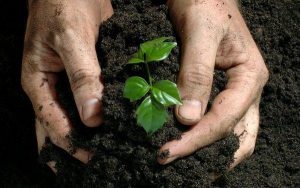
Thus the question is not whether the Earth can withstand a human impact on the environment. The real question is will we so change the environment as to drive ourselves (and other species) to extinction?
All of this information about the human impact on the environment is great to help you understand and formulate your own opinions to the issues, but the most important part is not your opinions; it’s how those opinions change your lifestyle.

